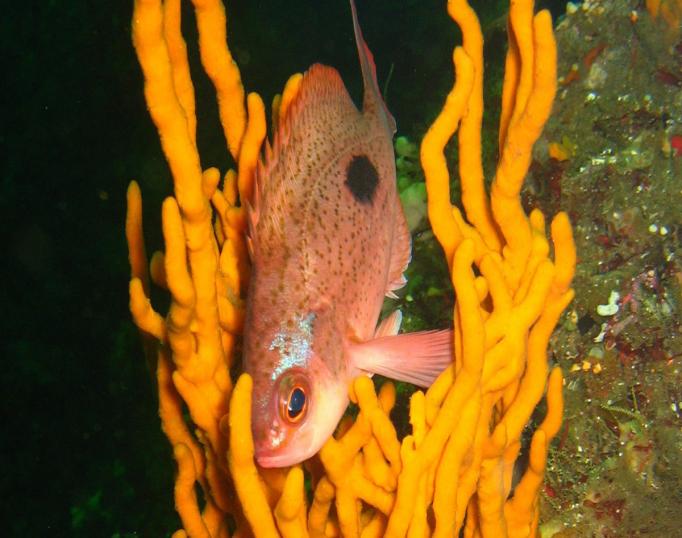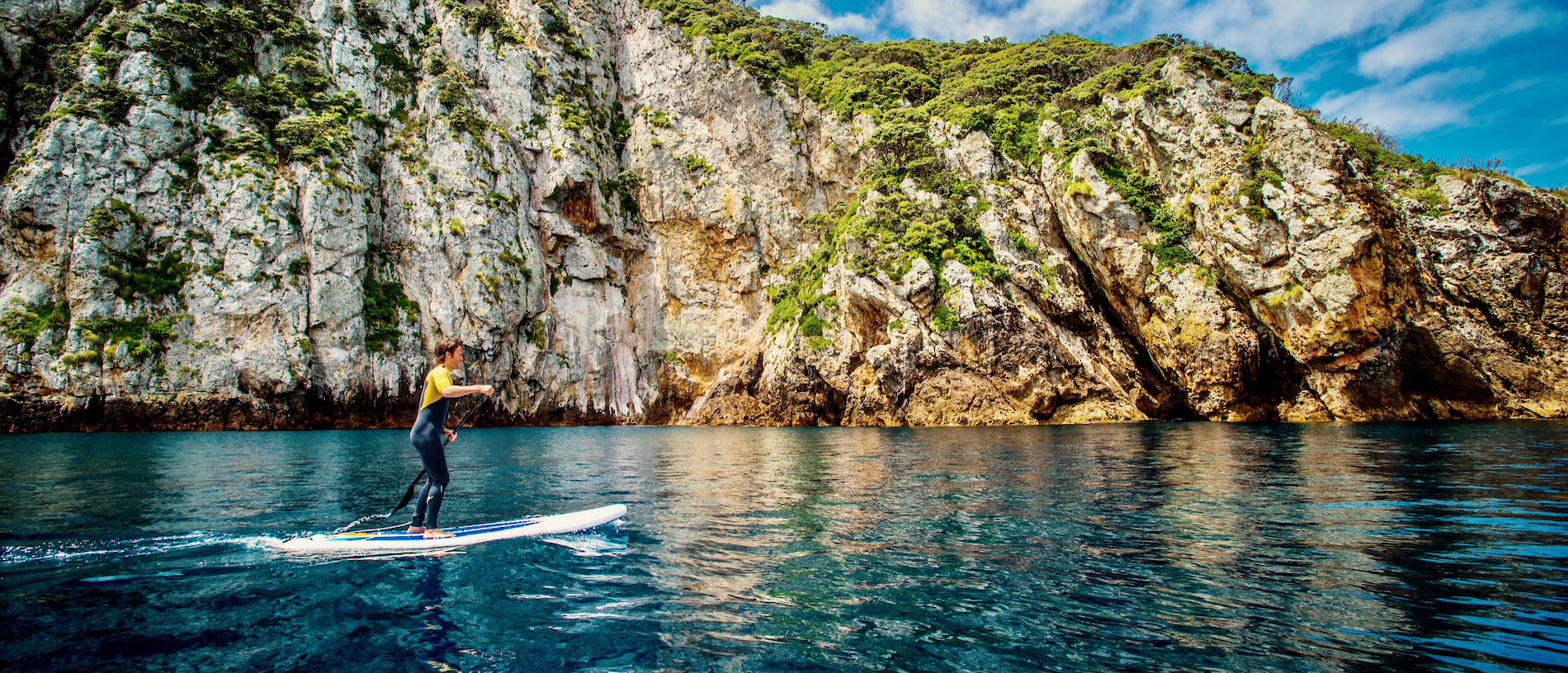
Our marine reserves: treasures under the sea
In essence, the very simple overriding edict for a marine reserve is no take. Nothing may be removed: not fish, not seaweed, not stones, not feathers or shells off the beach.
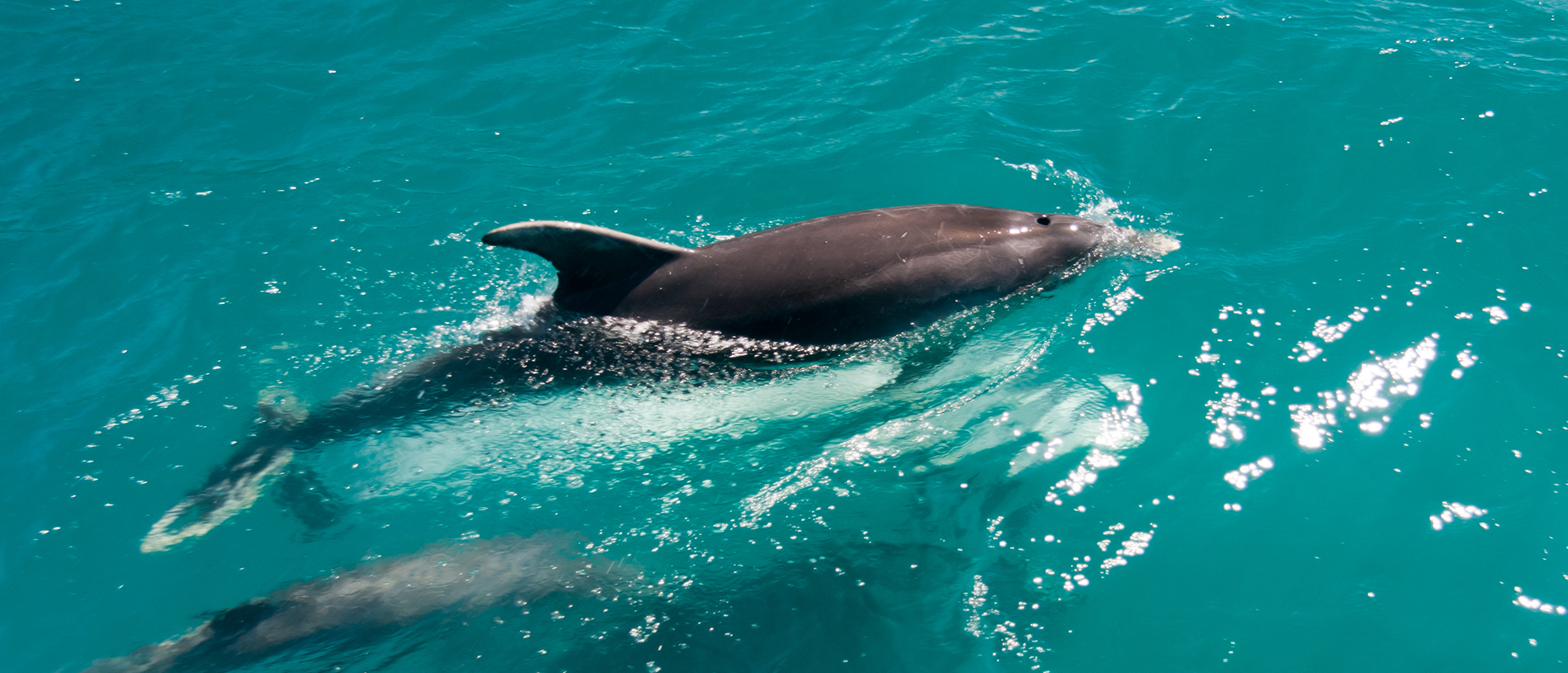
Fiordland’s ten marine reserves border the Fiordland National Park and are a fantastic example of protected natural environments. The reserves include a huge variety of habitats and species such as sponges, lampshells and a wide range of fish.
These reserves also contain some of the world’s biggest populations of black coral trees, some of which are over 300 years old. These trees provide a home to brittlestars, a species that can only live entwined in their branches.
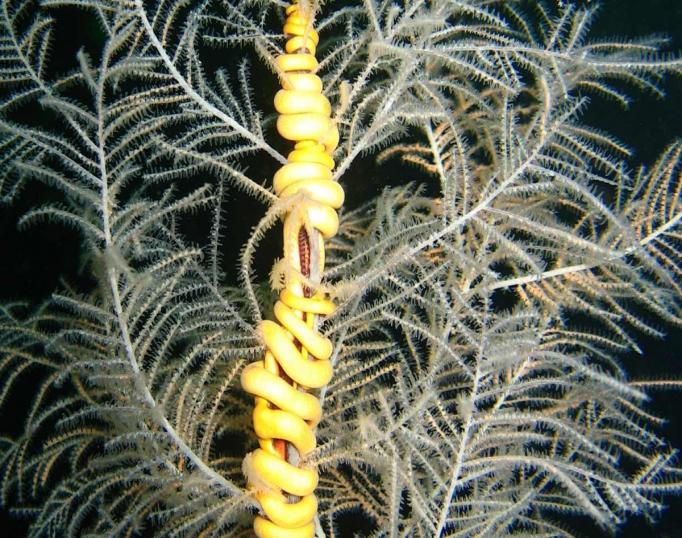
In the fiords, runoff from heavy rainfall on the mountains creates a permanent freshwater layer on the surface of the saltwater, that varies in depth from five centimetres to over 10 metres. Tannins, washed out of the vegetation on land, stain the water the colour of weakly brewed tea. This creates a dark layer on the surface that cuts down the amount of light entering the sea water, restricting most of the marine life to the top 40 metres. This band (below the freshwater layer) is calm, clear and relatively warm and is home to sponges, corals and fish of sub-tropical, cool water and deep water varieties. The fiords are also home to brachiopods, clam-like animals that have remained relatively unchanged for over 300 million years.
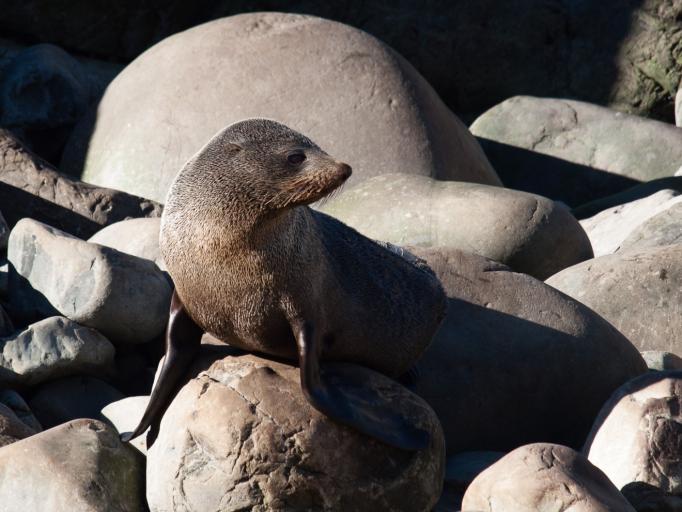
Bottlenose dolphins (aihe), New Zealand fur seals (kekeno), Fiordland crested penguins (tawaki) and little blue penguins (kororā) are resident in the fiords.
The marine reserves range in size from 93 to 3,672 hectares. In total, they include over 10,000 hectares of inner-fiord marine habitat.
Fiordland’s marine reserves offer excellent scuba diving and snorkelling opportunities. You can dive or snorkel independently or with one of the tourism or charter boat services available.
Also in Fiordland is Hautai, New Zealand’s most remote mainland marine reserve. Two days’ walk from the nearest road end, in an area with no formed walking tracks, its purpose is to protect representative marine habitats and animals of the southern West Coast.
There are guided walks are available along the Fiordland coast, including through the marine reserve. This stretch of coast is also sometimes walked by trampers between the Cascade and Hollyford Rivers. Alternatively, the reserve is accessible by boat.
